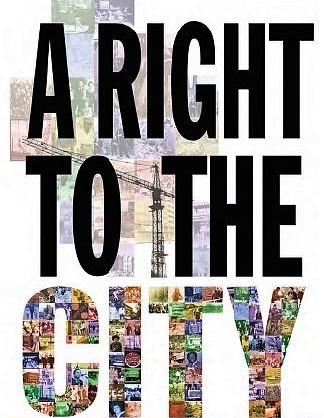 The Smithsonian Anacostia Community Museum is committed to preserving the community history of the area that has become the federal district of Washington D.C. The museum seeks to strengthen the DC metropolitan area by promoting a greater level of mutual understanding within this diverse community.
The Smithsonian Anacostia Community Museum is committed to preserving the community history of the area that has become the federal district of Washington D.C. The museum seeks to strengthen the DC metropolitan area by promoting a greater level of mutual understanding within this diverse community.
The museum values grass roots ideals in claiming the legacy of being “a museum of, for and by the people.” It seeks to empower the community to tell its own stories that “showcase the diversity of issues, people and places” that make up the Anacostia area. The museum also values a high degree of civic engagement that promotes both a spirit of discovery and a legacy of service to the community.
The museum is forward thinking in using its assets and outreach potential to bring together both community stakeholders and outside collaborators in order to take an active role promoting critical thought about the issues that influence both the Anacostia area and society.
One of the ways that the museum is seeking to fulfill its mission is through a new exhibit called A Right to the City. The exhibit explores six DC neighborhoods and the ways in which they have grown and changed since the 1950s. My role in the organization is to develop a series of six lesson plans for middle and high school students around the themes presented in the exhibit such as urban renewal, community activism, desegregation/re-segregation and public transportation.
My role is to design a series of six lesson plans to complement the exhibit. I am working with the museum to focus the primary audiences for these lessons and to determine if these lessons will be geared to non-visitors or as part of a pre/post-visit activity. I am also working with the museum to determine the online accessibility of some of these items.
It is a pleasure to have the opportunity to work with “material culture” in a museum, albeit in a digital format. My goal in beginning the program in Digital Humanities at George Mason University is to position myself to have a greater number of opportunities to do this type of work in a museum or educational setting. I am looking forward to learning more about how to execute this type of work through a professional internship.